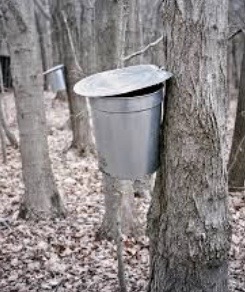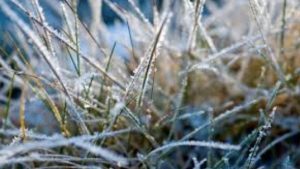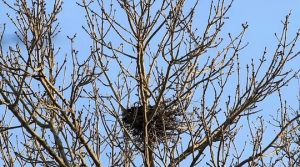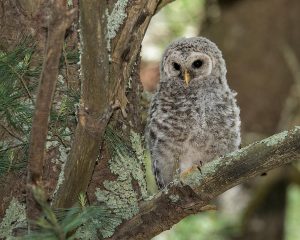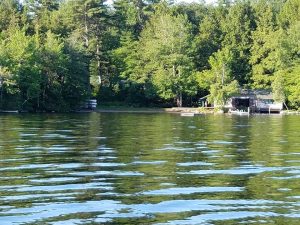Spring has sprung – or so says the calendar with the Spring Equinox occurring on March 20th. Equinoxes occur twice a year, in March and September, to mark the onset of spring and autumn. During an equinox, which in Latin translates to “equal night,” both day and night are the same in length. Now the days will become longer in our part of the world with earlier sunrises and sunsets. But just because we are officially in spring doesn’t mean that it is spring-like yet. Those of us in the northeast will attest to that as we prepare for the 4th Nor’easter in three weeks! The ground is snow covered with huge piles, lakes have refrozen after earlier thaws, and the trees look as dormant as they do in January. However, changes are happening.
Typically, late winter/early spring sees the preparation for maple sugaring season when the landscape becomes dotted with iconic metal sap buckets hung on trees, as well as the more modern bright rubber tubing and large sap collection vats. This year the collection season in New England had an early start in many areas with a thaw at the end of January and into February. Then winter roared back in, and now maple syrup producers are hoping for a second stretch of classic sugaring weather with days in the low 40s and nights below freezing, and before trees start producing buds and the maple season ends. It’s not too late to check out maple sugar houses and treat yourself to some “sugar on snow”.
Mating and nesting season has already begun for some of our wonderful birds. Last night, as I looked out over our snow-covered forest, I heard a Barred Owl concert of the familiar “Whooo cooks for you” call. Then this morning I was greeted by the mournful, soft cooing of the Mourning Dove. The birds are not alone, many of our common mammals are coming out of their dormant or less active winter state, to start their spring mating as well. The squirrels and chipmunks have been wildly chasing around in the trees, across our roof, and even taking sledding runs on the snowbanks around our driveway. The current snow is a benefit to picking out animal signs like the tracks of porcupine, fox, and fishers as they become more active as the days grow longer. Even with the winter-like weather, the spring awakening of the natural world is happening.
Perhaps one of those signs that reminds me in such a simple way that warm days are coming is when I park my car in a sunny spot. Even if the outside temperature is cold, the stronger, higher angle of sunshine warms up the inside of the car, and now when I get in, instead of mid-winter frigid, it can be downright toasty. Yep, it may not look like it, but spring has arrived.
